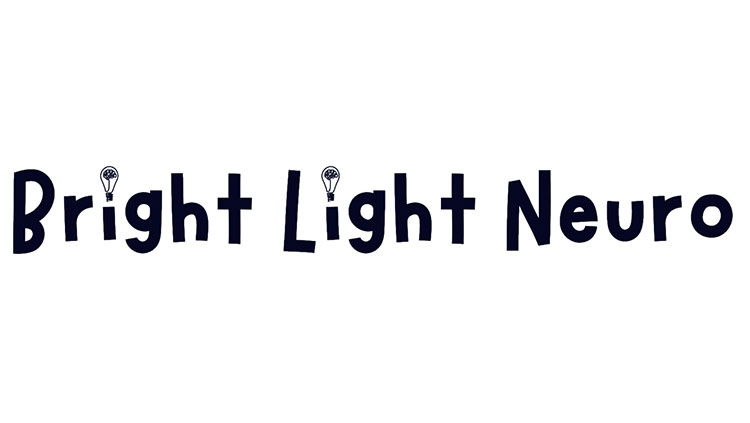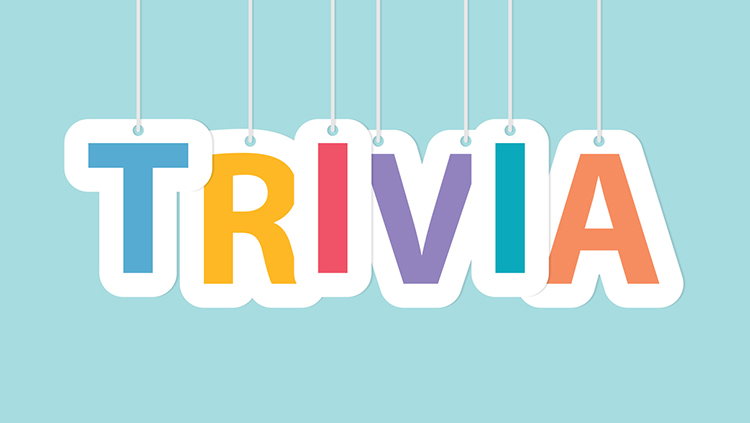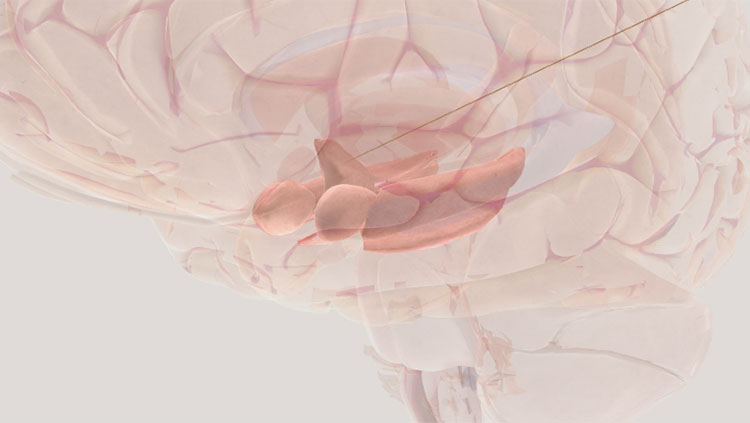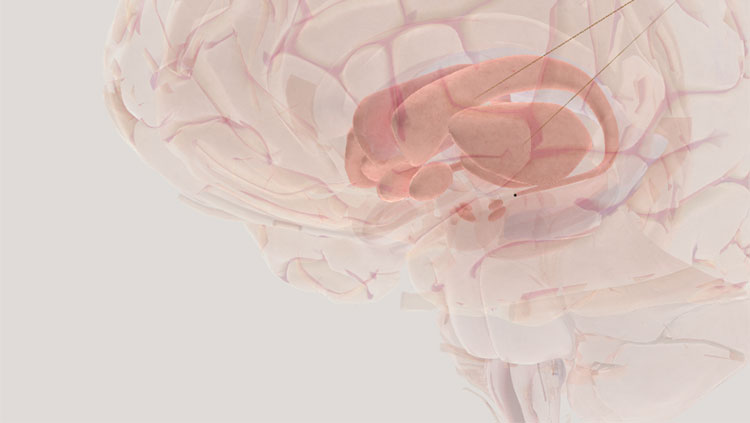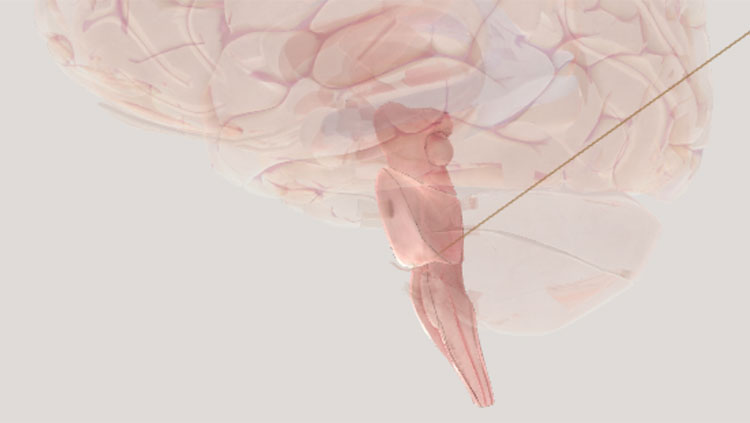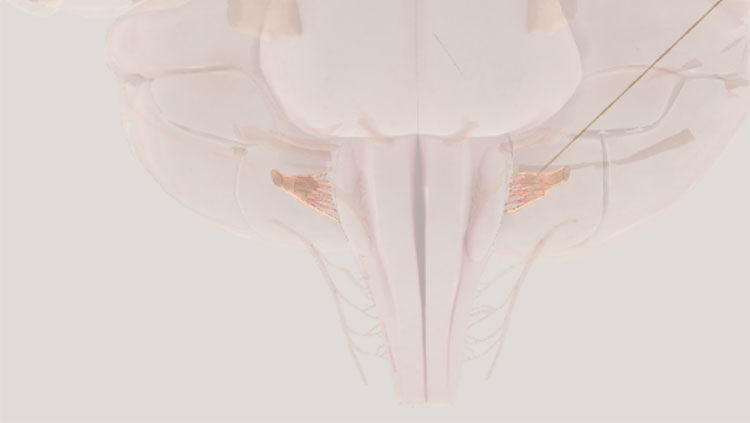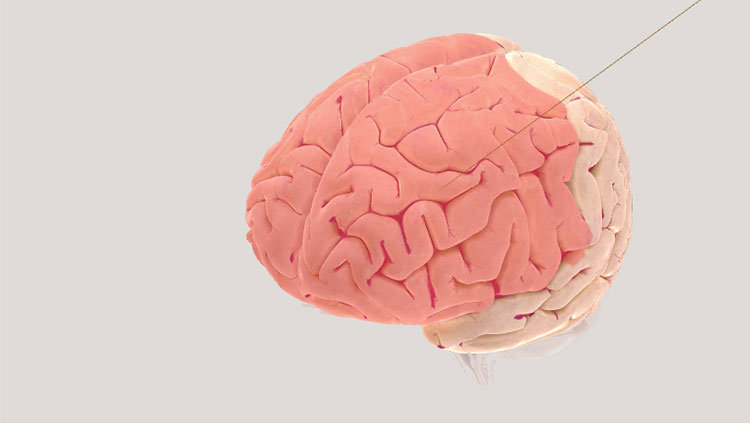Bright Light Neuro: Brain Basics, Lesson 3 — What Makes Our Brains Unique?
- Published19 Mar 2024
- Source Bright Light Neuro
The goal of this lesson is to understand that brains are unique due to specific experiences and genetic factors.
Content Area:
- Science
- Critical Thinking
- Art
Standards (NGSS)
- 3-LS4-4: Environmental Impacts on Organisms
- ESS2.E: Cause and Effect
What Are We Learning?
Experience and genetics shape the brain.
Why Are We Learning This?
Brains are all unique because we all have unique experiences and unique genetic factors.
Materials:
- String, about 1 foot long
- Tape, a few inches per group member
- Pen
- Blank paper
Reference Bright Light Neuro’s Brain Basics Teaching Unit.
CONTENT PROVIDED BY
Bright Light Neuro
Transcript
EMMA BLEAKMAN:
So, lesson three — this one's my favorite. Our brains are shaped by genetics and experience, and I worked so hard to try and figure out how to make this connection work. You'll see what I mean when you see the activity, you'll be like, “Emma, how did you get that to that?” I don't know. It worked, and they loved it.
And this is what they do first. They get these slips of paper, and the paper tells them that with a group, they need to use strings, tape, a marker, and paper, and draw the house that's on their slip. Now the trick is you can't touch the pen. So, you guys obviously got the answer pretty quickly. You tie the string, and you tape it, and then you hold the string to guide the pen. It takes students a while to get there. I'd say 20-25 minutes of working, building, revising, to really understand that's how you do it.
You want them to struggle a little bit, so that they're able to work together and solve the problem. Now, group one, that's all their only rules: They just can't touch the pen. Group two can't hold the string with their dominant hand. So, if they're righties, they have to hold the string with their left hand. And then group three, they can't touch the pen, and they also can't talk to each other when the activity starts. But groups one, two, and three don't know that they have different rules. They read the instruction silently to themselves, and then they think that all of the other groups are doing the same things as them.
When they get to the carpet after, and they learn that they didn't have the same rules, there's a lot of uproar, and it's funny to see their reactions. And that's what the finished product ends up looking like. I mean, this is actually probably pretty generous from what they end up looking like. They're kind of rough, but that's the point.
And so, they look at those, and we say, okay, what's the same and what's different? The same is that they all were trying to draw the house. They have paper, they used a marker, they have group members. But what's different is they all had a really different experience. Their materials might've been a little different. Some of them might've had different colored pens. But their experience was different. They had different group members, they had different opinions and personalities, and they had different rules.
And so, they do this activity — it's a little hard to see up there — but they can compare the flying pen challenge to the brain. So, we see this first column is materials. When you were born, you're born with about the same number of neurons you have now. So, when we're born, we're all starting with very similar materials or a really similar blueprint. And in the flying pen challenge, they all start with the same materials. They get string, they get tape, a paper, they have team members.
But then we get into the experience column. And the experience is when the neurons start making different connections. And there's different experiences that humans have that cause these connections to vary between people. So, then you ask students, well, what experiences might be different among people? And that might be things like different educations, or different families they grow up in, different cultures, different foods they eat, different times that they went to bed. There's a variety of things that students begin to realize is different about one another's upbringing.
And then the same for the flying pen challenge. Well, what was different? And they're like, well, Ms. Blakeman, they couldn't talk, and we couldn't use our dominant hand, but that group could do everything. And so, they realized that their experience during that challenge was a little bit different, which creates the outcome. The outcome for the flying pen challenge was what we saw on the slide before where all of the pictures kind of look like a house, not really. But they're all really different pictures. They're really unique. And that's the same for our brains.
As us humans have really unique brains that are shaped by genetics and experience and give us different perspectives on things, different opinions about things, different ways that we view the world.
And so, students can take this, and they can represent that in whatever way speaks to them. So, if you have an artistic student, and they want to draw the uniqueness of your brain, they can do that. And they can always do that as an extension activity after as well. But really getting to the conclusion that it's genetics and experience that create and shape our brain.
What to Read Next
Also In For the Classroom
Trending
Popular articles on BrainFacts.org


